F ascinating archives reveal how the public of Sale were encouraged to invest their savings to fund Britain’s war-time effort.
A log book shows that in 1943 the town raised £389,073 – enough to buy nine Lancaster Bombers and five Spitfire fighter aircraft.
The documents, revealed by Trafford Archives to mark the 75th anniversary of the end of World World Two, underline how Sale lent cash to pay for the manufacture of ships, weapons and aircraft.

The National Savings Movement, which was organised at local level, also inspired patriotism and boosted public morale during a time of crisis.
A publicity drive urged civilians to resist the urge to save and instead serve their nation by investing in the savings scheme which paid ‘a fair rate of interest.’
By purchasing war bonds or saving certificates, citizens were ‘doing their bit’ and providing critical support to the young men on the front line.

A fundraising meter was used to illustrate a ‘Salute the Soldier’ campaign run by a Sale group in the last week of March 1944.
The group easily exceeded its £100 target, raising a total of £144 6s 0d. Sale’s goal that year was £226,000. The savings scheme also aimed to foster civic pride and community spirit.
According to records ‘in an era when public roles were limited for women, it also allowed female members to take on leadership responsibilities within their own community.’ Pictures courtesy of Trafford Archives. For more information visit… https://exploringtraffordsheritage.omeka.net/exhibits/show/75years/nationalsavingsmovement

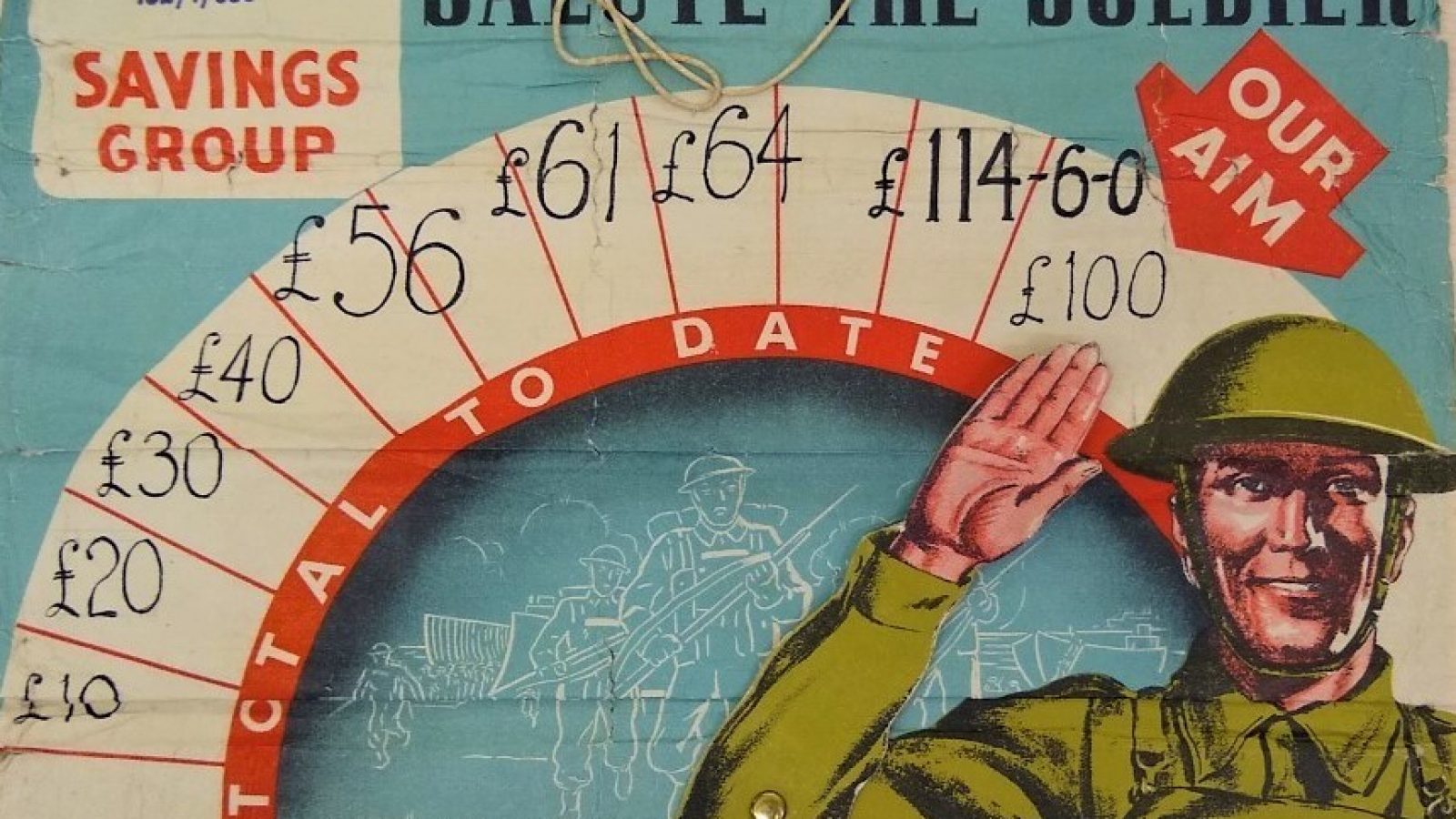


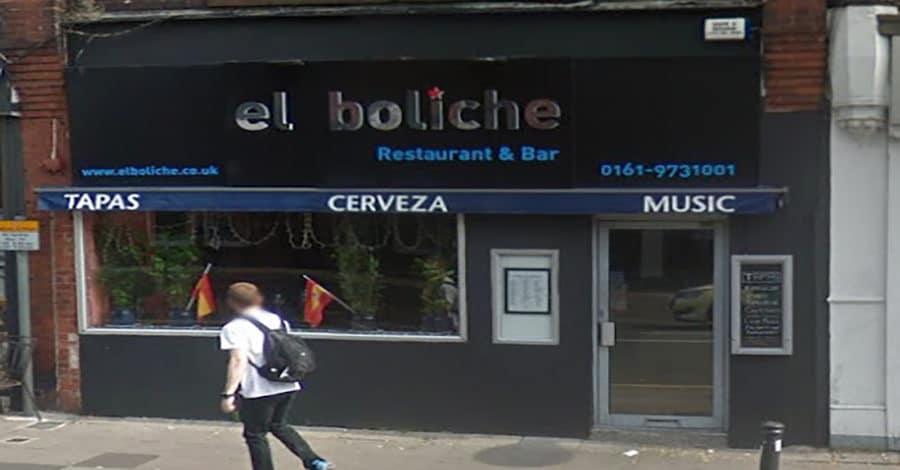
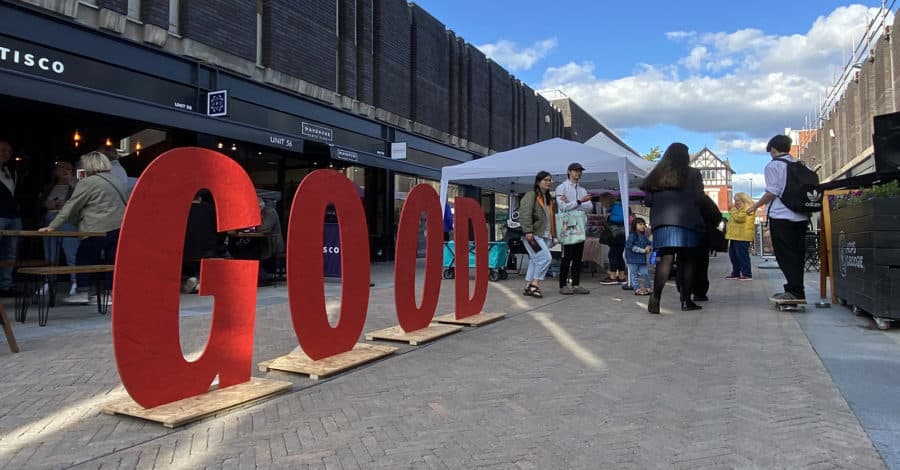
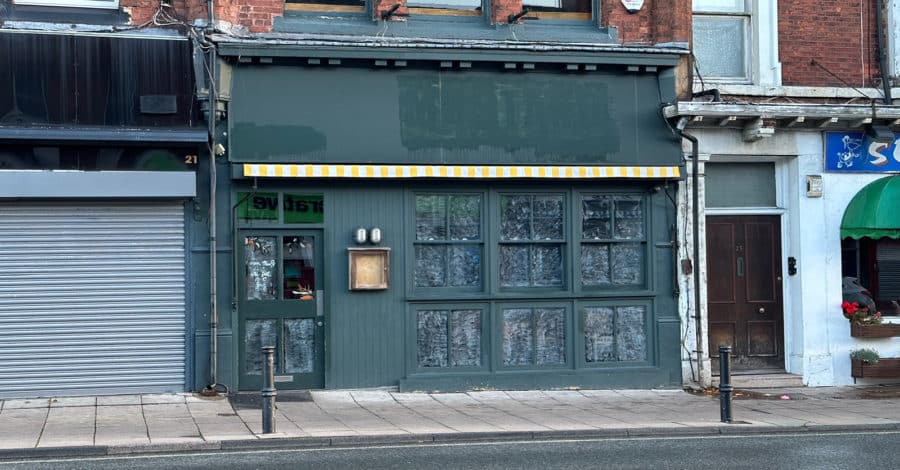





![Kevin Matley [image: Facebook]](https://sale.todaynews.co.uk/wp-content/uploads/sites/14/2022/11/Kevin-Matley-facebook-1600x900-1-900x470.jpg)


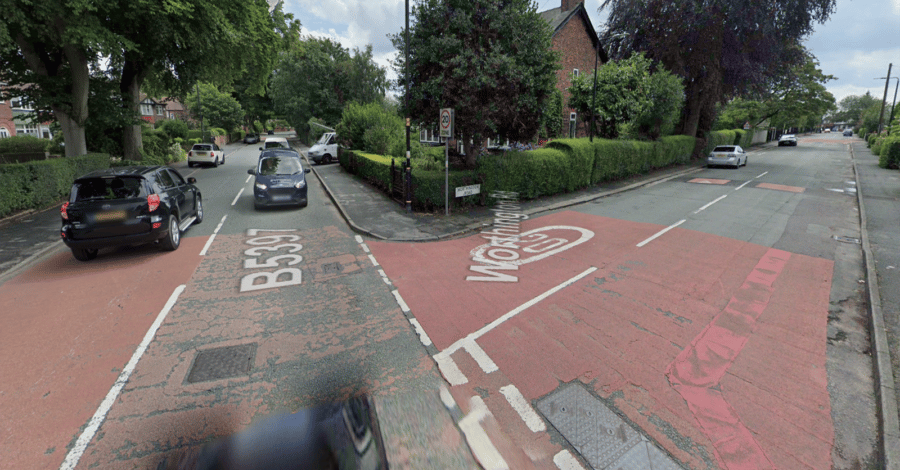
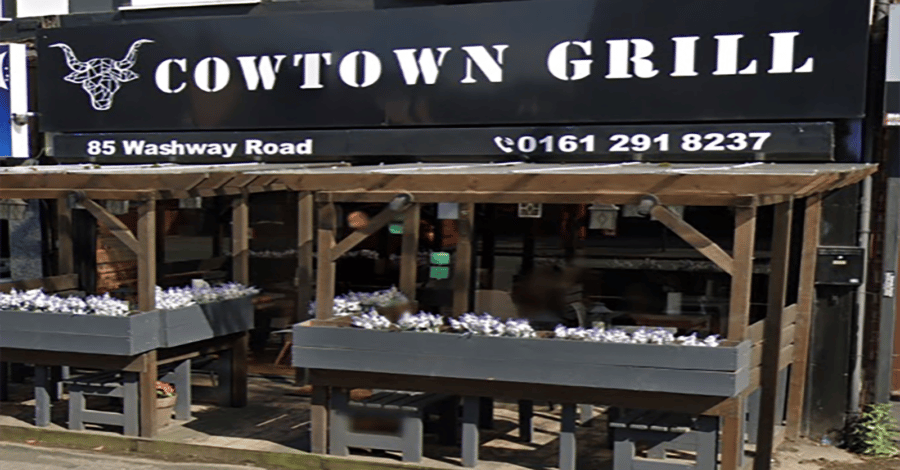
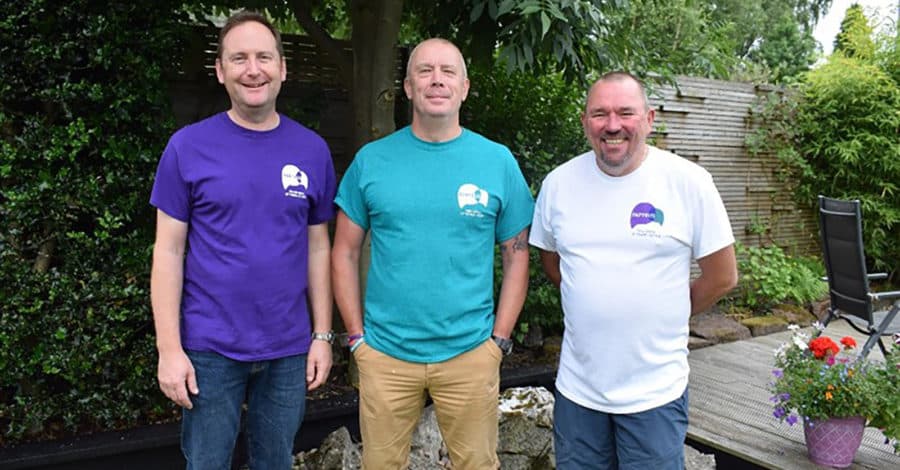




![Ashfield Road, Sale [image: Google Maps]](https://sale.todaynews.co.uk/wp-content/uploads/sites/14/2022/10/ashfield-road-sale-900x470.png)

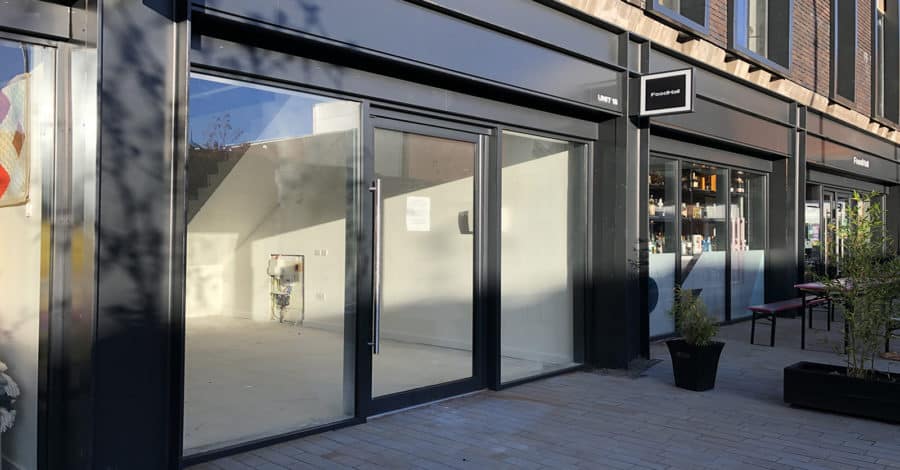

![Walton Park war memorial [image: Katy Ratican]](https://sale.todaynews.co.uk/wp-content/uploads/sites/14/2022/10/war-memorial-1600x900-1-900x470.jpg)
![Sale Waterside [image: Katy Ratican]](https://sale.todaynews.co.uk/wp-content/uploads/sites/14/2022/10/waterside-1600x900-1-900x470.jpg)